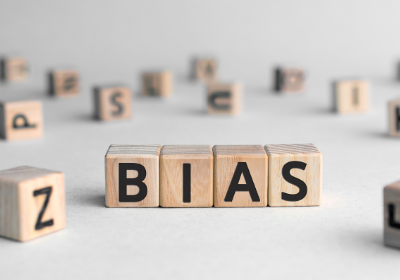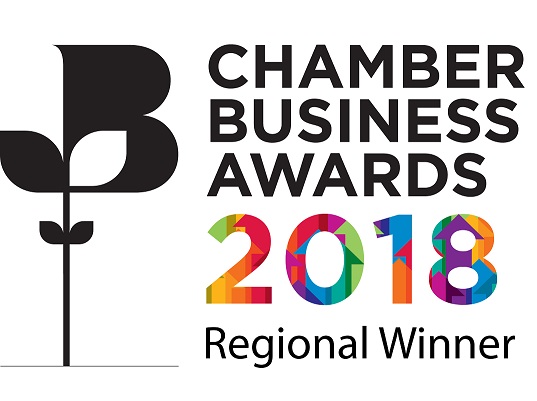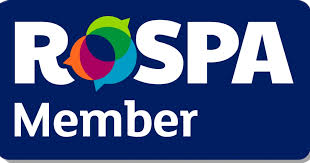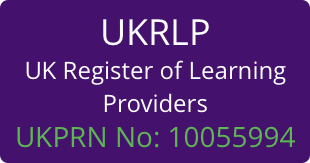
When in the workplace ask yourself the following questions;
- Do you only socialise with people who share similar characteristics to you?
- Have you ever placed more value on someone’s opinion because you are familiar with where they grew up?
- Have you decided not to hire an individual because you do not feel the way they look matches the role?
These are all examples of unconscious bias. Decisions and actions have the potential to be swayed by the preconceptions we hold. How can we try to ensure that those preconceptions don’t mean we add prejudice and stereotyping to daily decision making at work?
Unconscious bias is often unintentional and regularly happens outside of our control. We receive information continually from the media, our friends, what we read and what we see. Our brain creates shortcuts using our previous learnt experiences to help us with quick decision making, this is where unconscious bias creeps in, but we can still train ourselves to take more responsibility for it. The first step is to become aware of what it is, this will straight away start to make you consider it more and more whilst at work. You will need to start training yourself to think more objectively, be aware that unconscious bias may occur, and justify the decisions you make at work.
Often people won’t know they have made a decision which contains an unconscious bias, if you are at the receiving end of that decision, making the person aware of how that decision has made you feel is a valuable conversation to have.
At work unconscious bias has the worrying ability to turn into discrimination, as decisions regarding recruitment, promotions and performance can be impacted by these biases. ACAS who provide employees and employers free impartial advice on workplace rights highlight that when unconscious bias is against a protected characteristic this can be open to discrimination. For example, if a recruiting manager ignores the skills and experience of a candidate during a recruitment selection procedure who is a different race than them and hires another candidate who is the same race, this could be discrimination (www.acas.org.uk).
There are a number of types of unconscious bias which include;
Gender bias – treating an individual differently because of their gender
Beauty bias – treating an individual differently because of the way they look
Affinity bias – treating those who are similar to ourselves with preferential treatment i.e., those who are the same age, race or have the same shared interests
Online training courses are a great starting step to dealing with unconscious bias at work and will look at a number of different types of unconscious bias as well as those highlighted above. An Unconscious Bias online training course will start to highlight people’s preconceptions, if they are aware of them, they will begin to change their decision-making process.
Reference:







 UK: 0844 854 9218 | International: +44 (0)1488 580017
UK: 0844 854 9218 | International: +44 (0)1488 580017








